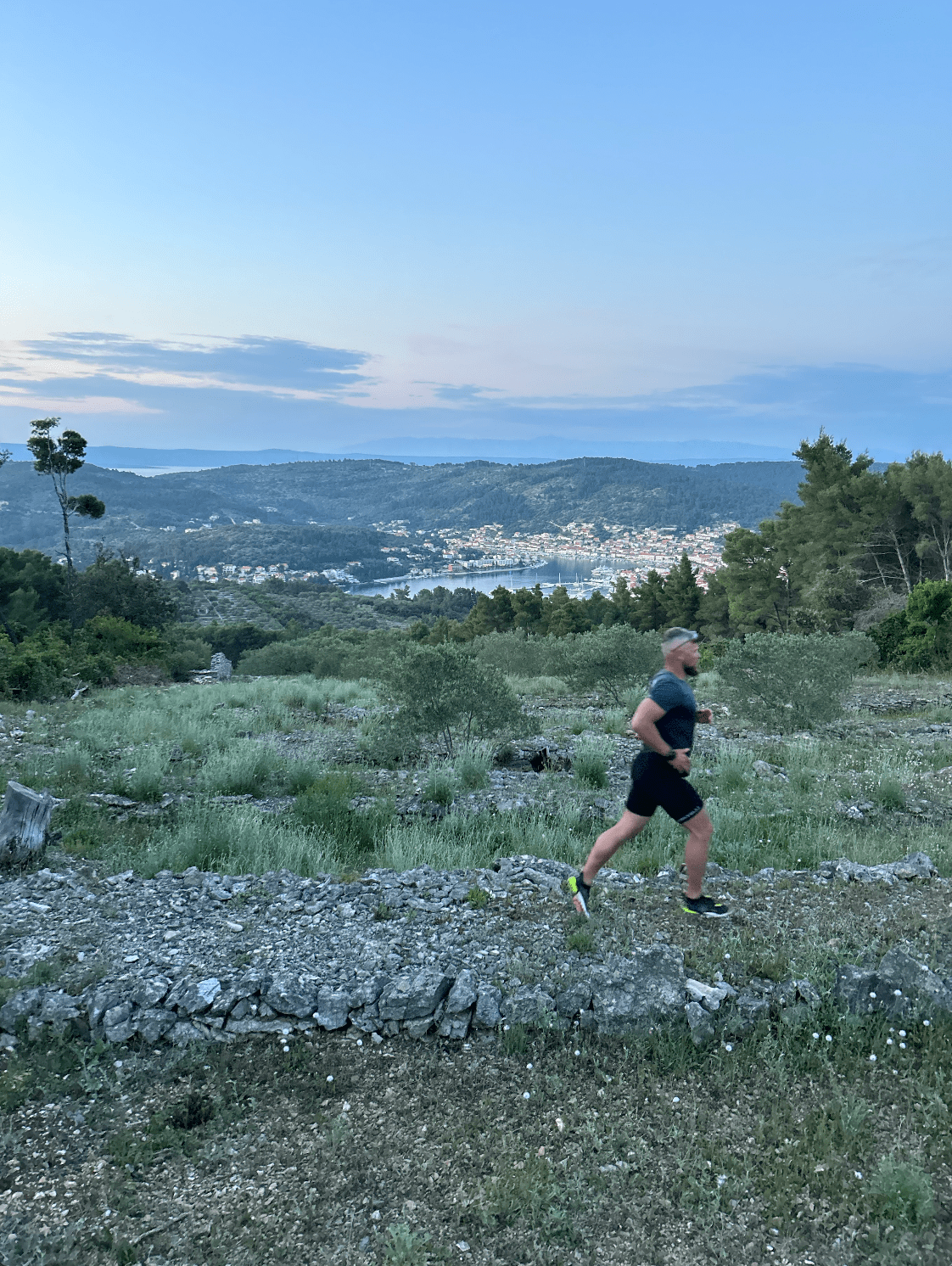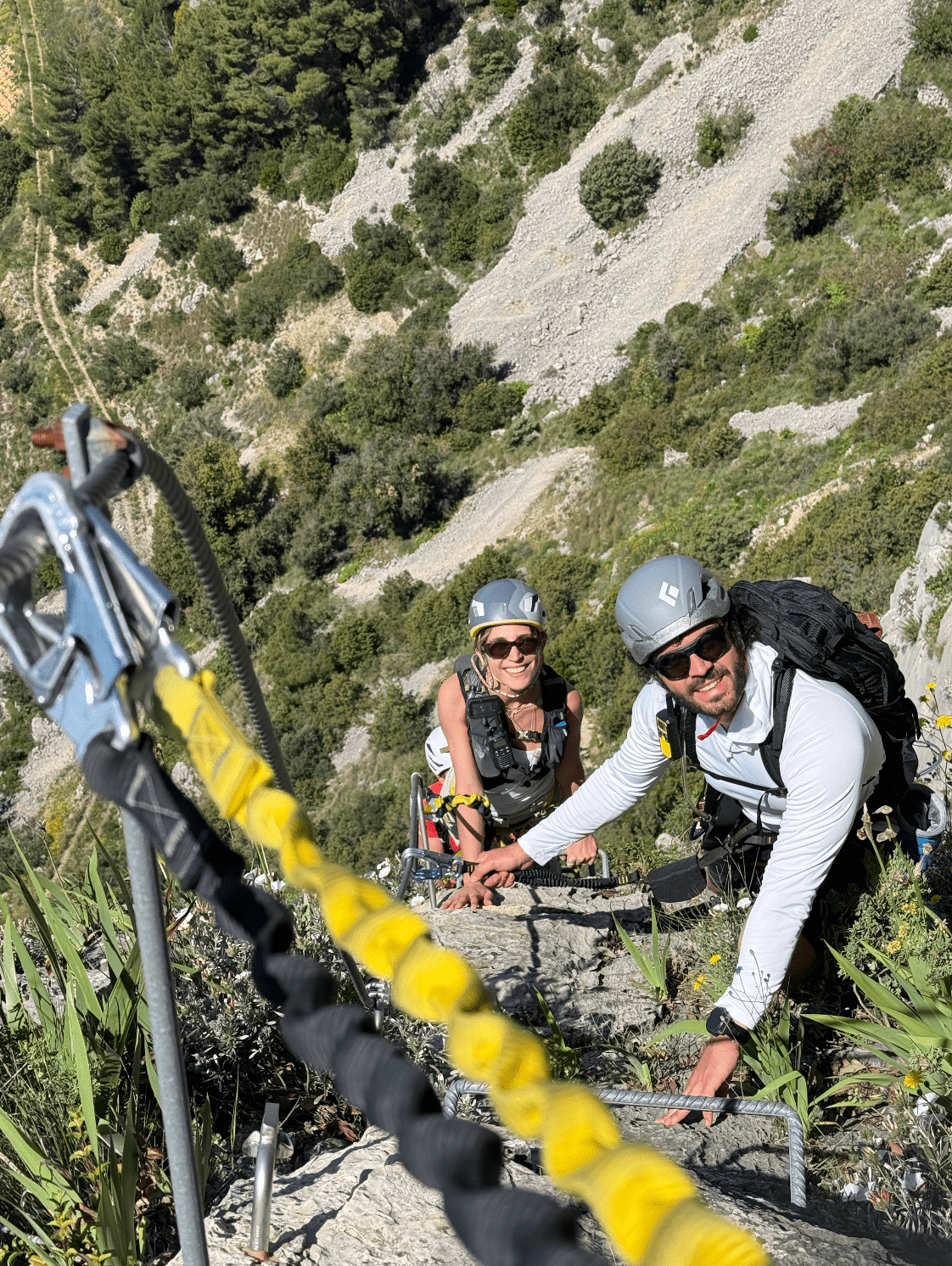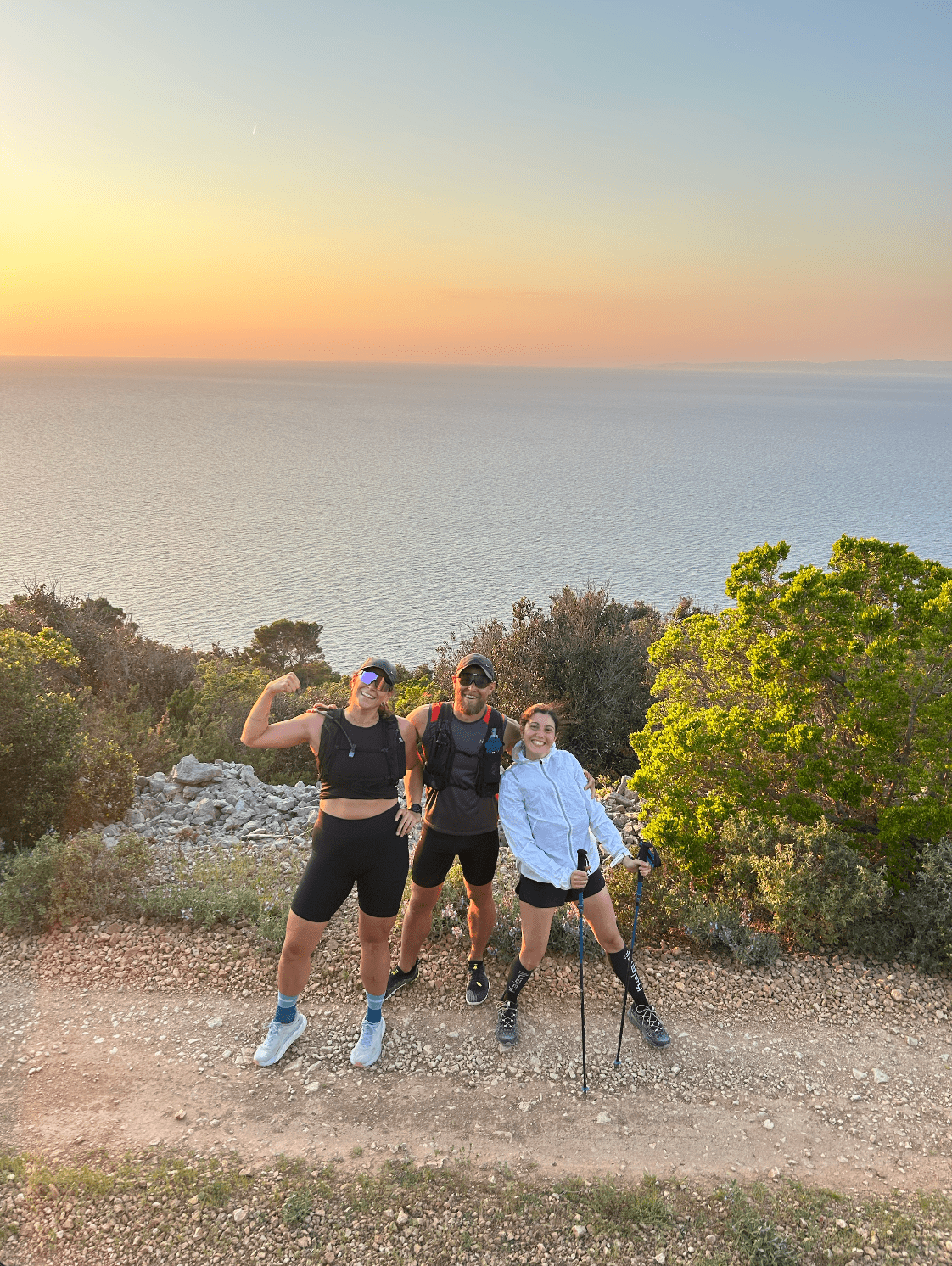Croatia is a country that really shines when you explore it on foot. It’s got this amazing mix of coastline and mountains, so there’s something for everyone, really. Whether you’re looking for a tough climb or just a nice walk with a view, hiking in Croatia offers a bit of everything. You can wander through national parks, along the coast, or up into the hills. It’s a great way to see the country and get a feel for the local life.
Key Takeaways
- Croatia offers diverse hiking experiences, from coastal paths to mountain trails.
- The Dalmatian Coast and islands provide scenic seaside walks.
- Gorski Kotar and Velebit mountains are ideal for more challenging mountain adventures.
- National Parks like Plitvice, Krka, and Paklenica are must-visit hiking destinations.
- Planning your trip involves considering the best times to visit and packing appropriately for hiking in Croatia.
Why Hike in Croatia?
Croatia is a gem for anyone who loves to explore on foot. It's not just about the stunning coastline, though that's a huge part of it. You've got everything from rugged mountain ranges to lush national parks, all packed into a relatively small country. This means you can experience a huge variety of landscapes without traveling too far. The diversity of trails means there's truly something for everyone, whether you're looking for a gentle stroll or a serious challenge.
Think about it: one day you could be hiking along the Adriatic coast, with crystal-clear waters below and the scent of pine in the air. The next, you might be tackling a more demanding route in the mountains, rewarded with panoramic views that stretch for miles. Croatia also offers some unique experiences, like the thrill of a Via Ferrata route. For instance, the Via Ferrata Fortica Omis provides an exhilarating climb with incredible vistas over the coast. It's a fantastic way to add some adventure to your hiking trip, and there are several options, including some on islands like Hvar, making croatia via ferrata a growing attraction.
Coastal Trails: Dalmatian Coast and Islands
Mountain Adventures: Gorski Kotar and Velebit
National Parks: Plitvice, Krka, and Paklenica
Best Hiking Regions in Croatia
Croatia is a hiker's dream, offering a diverse range of landscapes that cater to every level of adventurer. From the sun-drenched islands of the Adriatic to the rugged peaks of its inland mountains, you'll find plenty of Croatia Hiking Spots to explore.
Coastal Trails: Dalmatian Coast and Islands
The Dalmatian Coast and its numerous islands are a paradise for hikers who love the sea. Imagine trails winding through ancient olive groves, past fragrant lavender fields, and along dramatic cliffs that plunge into the turquoise Adriatic. Many of these routes offer stunning sea views and a chance to discover hidden coves perfect for a refreshing dip after a good hike. Island hopping can be a fantastic way to experience a variety of coastal terrains, from the wild beauty of Lastovo to the charming villages of Hvar. You can find trails that are relatively easy, perfect for a leisurely stroll, or more challenging climbs that reward you with breathtaking panoramas. It's a great way to combine your love for hiking with the allure of island life.
Mountain Adventures: Gorski Kotar and Velebit
For those who prefer higher altitudes and cooler air, the mountainous regions of Gorski Kotar and Velebit are calling. Gorski Kotar, often called the 'Green Heart of Croatia,' is characterized by dense forests, rolling hills, and a cooler climate, making it ideal for hiking, especially during the warmer months. Velebit, on the other hand, is a more dramatic and rugged mountain range, offering challenging trails and spectacular karst landscapes. This area is known for its biodiversity and is a protected biosphere reserve. Hiking here often involves navigating through rocky terrain and enjoying vast, open views that stretch for miles. It's a more wild and untamed experience compared to the coastal paths.
National Parks: Plitvice, Krka, and Paklenica
Croatia's national parks are absolute must-visits for any hiking enthusiast. Plitvice Lakes National Park is world-famous for its sixteen terraced lakes, interconnected by stunning waterfalls. Wooden walkways and hiking trails allow you to immerse yourself in this magical landscape. Krka National Park also features beautiful waterfalls and rivers, with trails that let you get up close to the natural beauty. For a more challenging mountain experience within a park setting, Paklenica National Park is the place to be. It's known for its dramatic canyons, sheer cliffs, and a network of trails that attract climbers and hikers alike. These parks offer well-maintained paths and incredible natural scenery, making them accessible and rewarding destinations for all levels of hikers. Croatia has many hiking trails, with Plitvice Lakes National Park alone boasting a significant number of well-rated paths. Explore Croatia's adventure opportunities and discover the variety available.
Iconic Hikes and Trails
Croatia is packed with trails that offer incredible views and a real sense of adventure. Whether you're looking for a challenging climb or a scenic stroll, there's something for everyone.

The Velebit Trail: A Trans-Velebit Challenge
This is a serious trek for experienced hikers. The Velebit mountain range is Croatia's largest, and the Velebit Trail, often called the Trans-Velebit Trail, is a classic route that crosses its rugged spine. It's not for the faint of heart, demanding good fitness and solid navigation skills. You'll traverse diverse landscapes, from dense forests to exposed rocky ridges, with views that stretch for miles. It’s a true test of endurance and a fantastic way to experience the wild heart of Croatia. Many sections are quite remote, so proper preparation is key.
Učka Mountain: Panoramic Views of the Adriatic
Located in Istria, Učka Mountain offers a more accessible, yet equally rewarding, hiking experience. The trails here wind through forests and open meadows, leading to the summit of Vojak, the highest peak. From the top, you get absolutely stunning panoramic views of the entire Kvarner Bay, the Adriatic Sea, and on a clear day, even the islands of Cres and Lošinj. It’s a great spot for a day hike, with well-marked paths suitable for most fitness levels. You can really feel the sea breeze up here.
Biokovo Mountain: Skywalk and Rugged Beauty
Biokovo Mountain, rising dramatically behind the Makarska Riviera, is known for its raw, untamed beauty and the famous Biokovo Skywalk. This cantilevered glass platform offers a thrilling perspective, looking straight down at the coastline. The hiking here is often steep and rocky, demanding sturdy footwear and a good level of fitness. Trails lead through a landscape dotted with unique rock formations and hardy Mediterranean plants. It’s a place where you feel on top of the world, with the vast blue of the Adriatic stretching out below. For those seeking a bit more adventure, there are also opportunities for climbing and exploring the omis via ferrata routes in the wider region, offering a different kind of vertical challenge.
Planning Your Croatian Hiking Trip
Thinking about hitting the trails in Croatia? Smart move! To make sure your adventure goes off without a hitch, a little planning goes a long way. Croatia is fantastic for hiking, but knowing when to go and what to bring can make all the difference.
Best Time to Visit for Hiking
Generally, the sweet spot for hiking in Croatia is during the shoulder seasons. Think late spring (May and June) and early autumn (September and October). The weather is usually pleasant, not too hot, and the crowds are thinner than in the peak summer months. You'll find comfortable temperatures for trekking, and the landscapes are often at their most beautiful – think blooming wildflowers in spring or colorful foliage in fall. Summer can be quite hot, especially along the coast, which might be less ideal for strenuous hikes, though higher mountain areas can still be good. Winter can bring snow and colder temperatures, making some trails inaccessible.

What to Pack for Croatian Trails
Packing smart is key to enjoying your hikes. You'll want to be prepared for varying conditions, even within a single day. Here’s a rundown of essentials:
- Footwear: Sturdy hiking boots or trail shoes with good grip are a must. Make sure they're broken in before you go to avoid blisters.
- Clothing: Layers are your best friend. Pack moisture-wicking base layers, a fleece or insulating mid-layer, and a waterproof and windproof outer shell. Don't forget comfortable hiking pants or shorts, and extra socks!
- Navigation: While many trails are well-marked, a map, compass, or GPS device (and knowing how to use them) is always a good idea. A charged phone with offline maps downloaded is also helpful.
- Safety & Essentials:
- Water: Bring plenty of water, especially in warmer months. Hydration packs or reusable water bottles are great.
- Sun Protection: Sunscreen, a hat, and sunglasses are non-negotiable, even on cloudy days.
- First-Aid Kit: A basic kit with bandages, antiseptic wipes, pain relievers, and any personal medications.
- Snacks: High-energy snacks like nuts, dried fruit, or energy bars will keep you going.
- Headlamp/Flashlight: Just in case your hike runs longer than expected.
For those looking for a bit more adventure, consider something like the ferrata Omiš for a thrilling experience. It's a great example of the varied activities available.
Remember that even on seemingly straightforward trails, conditions can change. Being prepared means you can focus on the stunning scenery and the joy of being outdoors.
Thinking about hiking in Croatia? It's a fantastic idea! You can explore beautiful trails and enjoy amazing views. To help you plan the perfect trip, check out our website for tips and guides. We've got everything you need to make your Croatian adventure unforgettable!
Frequently Asked Questions
Why is Croatia a great place for hiking?
Croatia is amazing for hiking because it has beautiful coastlines, cool mountains, and national parks with stunning views. You can walk along the sea, climb rocky hills, or explore forests. The weather is usually great for walking most of the year, especially in spring and fall.
What are the top regions for hiking in Croatia?
The best places depend on what you like! The Dalmatian Coast and its islands offer lovely walks by the sea with great views. For more challenging climbs, check out Gorski Kotar and Velebit mountains. National parks like Plitvice, Krka, and Paklenica have famous trails with waterfalls and canyons.
Can you name some popular hiking trails in Croatia?
Some famous hikes include the Velebit Trail, which is a tough but rewarding trek across the Velebit mountains. Učka Mountain gives you amazing views of the Adriatic Sea. Biokovo Mountain is known for its 'Skywalk' viewpoint and wild, rocky paths.
When is the best time of year to go hiking in Croatia?
The best times to hike in Croatia are spring (April to June) and fall (September to October). The weather is mild, not too hot, and the scenery is beautiful with flowers in spring and colorful leaves in fall. Summer can be very hot for serious hiking.
What should I pack for hiking in Croatia?
You should pack comfortable hiking shoes with good grip, clothes you can layer (like a t-shirt, fleece, and waterproof jacket), a hat, sunscreen, and plenty of water. A small backpack to carry snacks and essentials is also a good idea.
Are there easy hiking trails for beginners in Croatia?
Yes, many trails are suitable for beginners. Parks like Plitvice have well-maintained paths that are easy to walk. For more challenging hikes, it's good to have some hiking experience, but guides can help adapt routes for different skill levels.
Do I need to pay to hike in national parks?
Most national parks have entrance fees, which help maintain the trails and protect the environment. Prices can vary, so it's a good idea to check the specific park's website before you visit.
Is it safe to hike alone in Croatia?
While Croatia has many marked trails, it's always smart to be prepared. Bringing a map or using a GPS app on your phone can be helpful, especially on longer or more remote routes. Letting someone know your hiking plans is also a good safety tip.




.png)